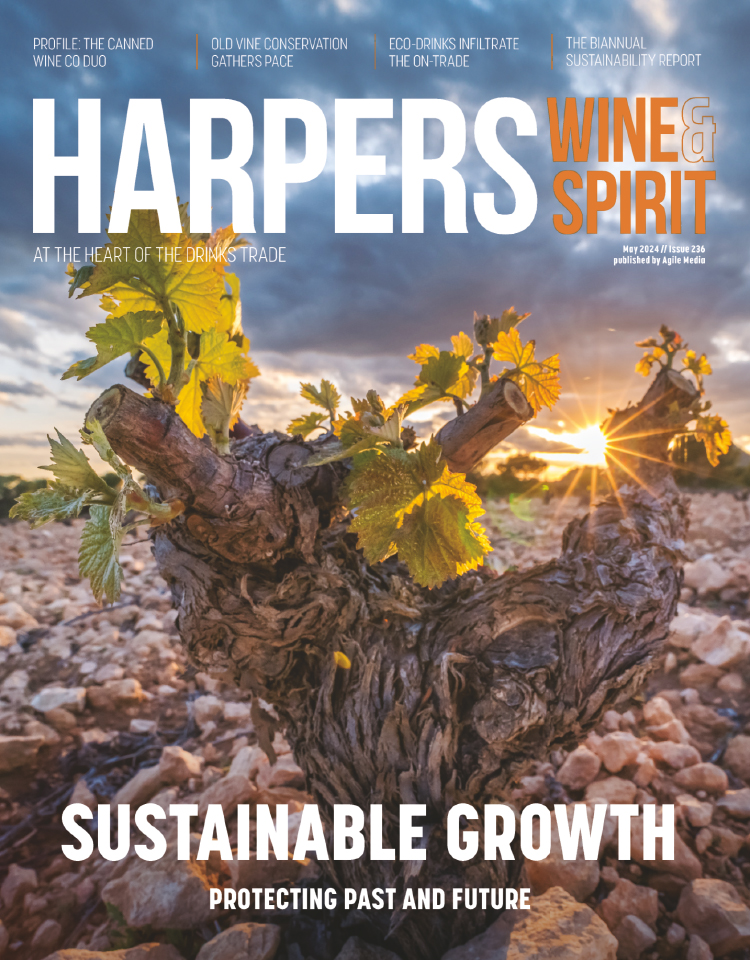
English winemakers experiment with Charmat method
A number of English winemakers are breaking with convention to produce fizz made using a method more often associated with Prosecco.
In the past month, West Sussex’s Fitz Wine and Norfolk’s Flint Vineyard have released English wines made using the Charmat fermentation method. More producers are understood to be experimenting with the method.
Fitz Sparkling Wine and Flint Charmat Rosé undergo a second fermentation in steel tanks, rather than in the bottle, in comparison to English wines made using the Champagne method.
The result, say the winemakers, are fruitier and more easy drinking and affordable wines, offering an alternative to the often expensive and complex offerings of their peers.
“We wanted to try and create a product that could be released onto the market at a more competitive price point,” said Fitz winemaker Gareth Davies.
“More importantly, we wanted to create a fresh, light, easy drinking wine style using the varietals that we have grown here for decades.”
Fitz uses a combination of Chardonnay, Seyval Blanc, Reichensteiner and Madeliene Angevine grapes. Most English wine producers use a combination of Chardonnay, Pinot Noir and Pinot Meunier - the varietals most often associated with Champagne.
“I know a number of other winemakers who are looking into using the Charmat method,” added Davies. “It’s really exciting. A young industry like ours should be driven by innovation. It’s great that people are looking to do things differently.
“There is an air of elitism in English wine. In effect, we are in a an echo chamber where everyone is scratching everyone else’s backs and giving compliments but there are some wines made in the traditional technique which in reality aren’t very good.”
Flint Charmat Rosé is more ‘fruit driven and approachable’ than typical English wines, said winemaker Ben Witchell. He described the wine as crisp with fine bubbles and an aroma of fruits of the forest, making it distinct from Prosecco.
“This is not a simple, fruit-bomb wine,” he said. “I used methods such as partial barrel ageing and extended time on yeast lees with the production of the base wine to try and achieve more complexity and texture in the final wine.”
Witchell added that wider use of the Charmat method should not be seen as a threat to wines made using the Champagne method.
“We use different grape varieties and press fractions to those that we use in our bottle fermented wine,” he said. “And we’ve deliberately packaged our Charmat to make it clear that it is not a traditional method.”
Keywords:
- Champagne
- English
- english sparkling
- traditional
- charmat
- fitz
- charmat method
- english wines
- charmat rosé
- traditional method





